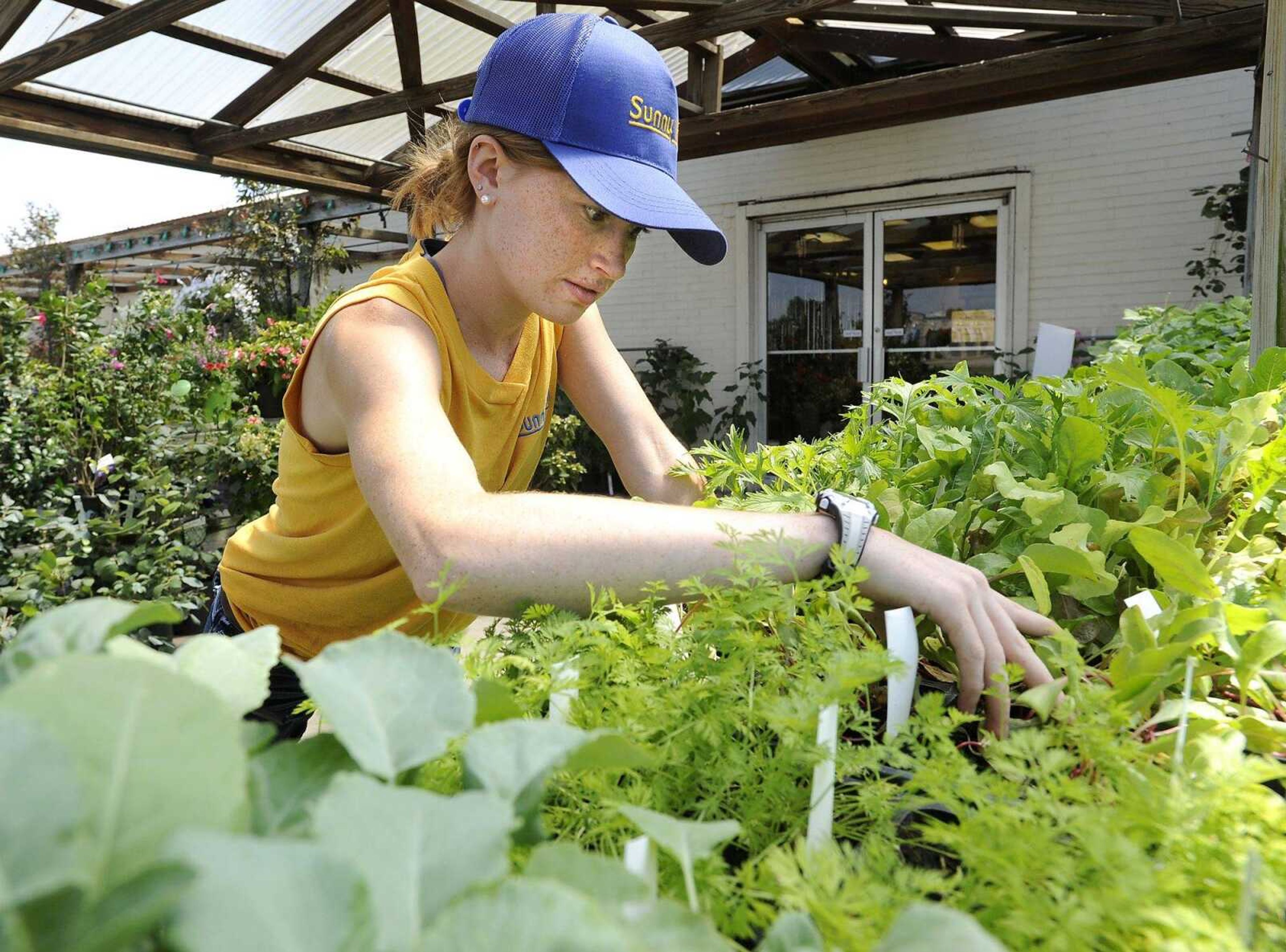Frustrated summer gardners may have better luck in fall
Over the last few weeks I have seen sample after sample of plant issues from vegetable gardens. These range from disease infections, insect infestations and poor growth, due to excess moisture from all of the rainfall this spring. In many cases the gardeners are so disgusted they have said "enough is enough." They are looking forward to having a much better garden next year...
Over the last few weeks I have seen sample after sample of plant issues from vegetable gardens. These range from disease infections, insect infestations and poor growth, due to excess moisture from all of the rainfall this spring. In many cases the gardeners are so disgusted they have said "enough is enough." They are looking forward to having a much better garden next year.
I would like to suggest that instead of waiting until spring 2018 to plant a garden, try planting a fall garden right now. Our growing season is long enough to still get some good yields from your garden. You may be very surprised as to what the results might be in September and October.
In order to get started, go to your local garden center or feed-and-seed store. Look for packages of seeds such as beans, corn, kale, lettuce, cabbage, etc. Look for short-day varieties. For example, most of the corn seed you find will say 100 days, 90 days, etc. This is the average number of days from planting to harvest. Early Sunglow is a 63-day variety. So If planted now, you could be eating corn on the cob in late September.
Many of the bean varieties have 60 to 80 days for maturation. I would use varieties that are bush varieties instead of climbing varieties. They seem to have shorter maturation times.
Don't forget vegetables such as lettuce, cabbage, kale and other leafy species. Gardeners usually think of planting them early in the spring because they can handle cool temperatures. If you plant them late enough in the summer, they will be growing when the temperatures begin to cool down.

Late in the season, several garden centers keep in stock vegetable varieties normally purchased as plants. This would be tomatoes, peppers, and many of the herbs. So go looking for them. You might be surprised to find them where you are not expecting them to be.
When planting plants at this time of the year, it is important to use a fertilizer where the middle number, phosphorous, is larger than the first number, nitrogen. That combination will tell the seed and small plants to put their energy into root development at first. This is needed for a good foundation for plant shoot and fruit development.
Keeping an eye on watering will be extremely important. Check soil moisture on an every-other-day basis. When the soil begins to dry out, water thoroughly. Apply enough water to get the soil soaked 3 to 5 inches down.
Always water in the early morning, not in the evening. If possible, water with a soaker hose instead of an over the head system. This will reduce the amount of water being deposited on the leaves of the growing plants. Free moisture on leaves will result in the conditions that enhance disease development.
I hope these suggestions result in vegetables that are fresh on your table close to Thanksgiving. Enjoy!
Connect with the Southeast Missourian Newsroom:
For corrections to this story or other insights for the editor, click here. To submit a letter to the editor, click here. To learn about the Southeast Missourian’s AI Policy, click here.










